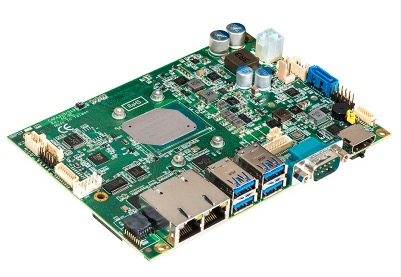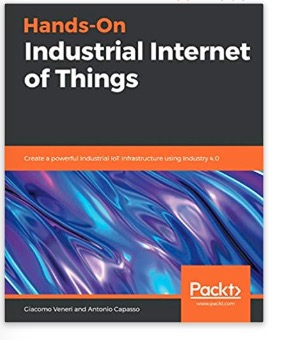Recent Posts
Embedded SBC with Intel Atom x5-E3940 Processor Designed For Industrial IoT Applications
Posted by on
Axiomtek introduced their CAPA310, a 3.5-inch embedded Single-Board Computer (SBC) featuring an onboard quad-core Intel Atom x5-E3940 processor (Apollo Lake). The fanless embedded board supports an extended operating temperature range of -40°C to +80°C and a power input of 12 VDC to 24 VDC. The industrial-grade 3.5-inch embedded board is feature-rich and expandable, and thus suitable for Industrial IoT and intelligent systems such as industrial automation, self-service terminals, digital signage, POS/kiosk displays, medical, and more.
The 3.5” CAPA310 board has one 204-pin DDR3L-1867 SO-DIMM slot for up to 8GB of system memory. It comes with one RS-232/422/485, one RS-232, two USB 2.0, four USB 3.0 (USB 3.1 Gen1), two Gigabit LANs with Intel i211AT Ethernet controller, 8-channel digital I/O, and HD Codec audio interfaces. Also, the Intel Atom-based embedded SBC features one PCI Express Mini Card slot for several peripheral modules such as Wi-Fi, 3G, 4G, LTE. The CAPA310 also has one SATA-600 socket and one mSATA interface for storage devices.
Features
- Intel® Atom® x5-E3940 processor
- 1 DDR3L SO-DIMM for up to 8GB of memory
- 2 USB 2.0 and 4 USB 3.0
- 1 PCI Express Mini Card slot
- ZIO connector
Hands-On Industrial Internet of Things: Create a powerful Industrial IoT infrastructure using Industry 4.0
This book is a hands-on guide that helps you discover the technologies and use cases for Industrial Internet of Things (IIOT).
Hands-On Industrial Internet of Things takes you through the implementation of industrial processes and specialized control devices and protocols. You'll study the process of identifying and connecting to different industrial data sources gathered from different sensors. Furthermore, you'll be able to connect these sensors to cloud networks, such as AWS IoT, Azure IoT, Google IoT, and OEM IoT platforms, and extract data from the cloud to your devices.
As you progress through the chapters, you'll gain hands-on experience in using open source Node-Red, Kafka, Cassandra, and Python. The reader learns how to develop streaming and batch-based Machine Learning algorithms.
By the end of this book, the reader masters the features of Industry 4.0 and be able to build more powerful, faster, and more secure IoT infrastructure in your Industry.
 Loading... Please wait...
Loading... Please wait...


